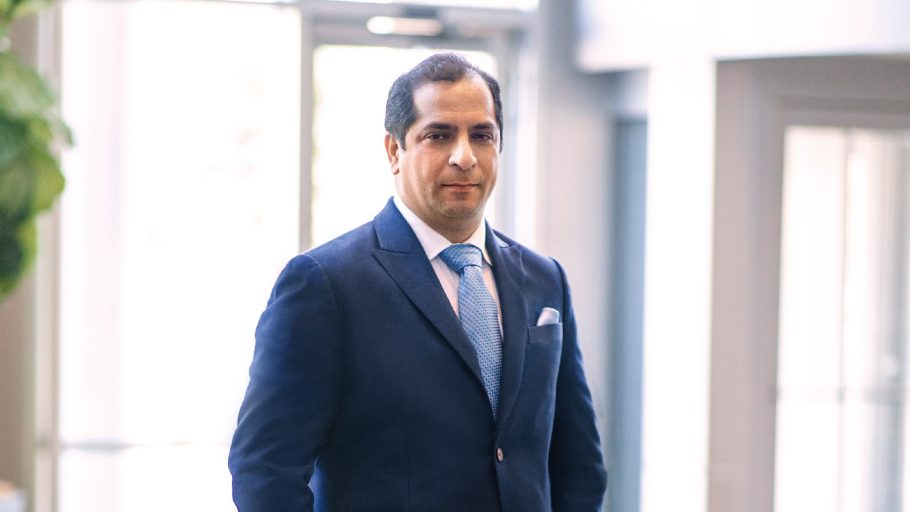Drawing from your global experience of over two decades, can you tell us about the current confluence of data centers, subsea and terrestrial fiber, and also highlight its importance?
Internet’s underlying infrastructure needs constant upgradation and proper business arrangements to ensure its smooth efficiency. This has culminated into the convergence of data centers, subsea and terrestrial fiber. The subsea industry is moving away from stand-alone Cable Landing Stations (CLSs) and gravitating towards network-rich, carrier-neutral and Cloud-dense colocation data centers. The data center industry, realizing the strategic importance of landing a subsea cable, has started working closely with the subsea industry. The next generation design of CLSs is evolving to take advantage of better economics and new technology. In the past, the old wet plant and dry plant models among the subsea cable operators relied extensively on a single vendor for cables, repeaters to Submarine Line Terminal Equipment (SLTE) and Power Feed Equipment (PFE). This ‘closed’ subsea cable system typically landed far from users, near the beach or in a stand-alone facility. This has given way to a more ‘open’ cable system model with a choice of CLS data center locations and vendors in the last five years or so—a trend that continues to evolve.
Tell us about the paramount advances in the subsea industry and its positive ramifications for the growth of the Internet and data center fraternity.
Subsea industry is witnessing a Golden Era. With 20 new cable systems under development, and over a dozen others in various planning stages, we will continue to see new subsea cables added to the ocean floor all around the world.
At a macro level, the subsea cable advances can be divided into two categories—business and technical. In the past, a new subsea project constituted 10-15 members that formed a consortium and engaged into complex negotiations for cable builds. In addition to the Hyperscalers and content providers, we have seen the emergence of ‘new age’ subsea operators. Although not traditional carriers, these companies have specialized expertise in managing subsea cable systems. Some companies in this category include Aqua Comms, Seaborne Networks, Crosslake Fiber, IOX, Deep Blue Cable, EllaLink and SAEx.
Today, the industry is shifting towards smaller consortia (2-3 entities) to single-owner private cables. Google recently completed their first fully-private cable CURIE from Chile to LA. DUNANT will be their second private cable from France to Virginia. It will be a 12-fiber pair system featuring a record-breaking capacity by being the first cable to leverage space-division multiplexing (SDM) technology and deliver 250 Tbps—equivalent to transmitting digitized Library of Congress three times every second across the Atlantic. Cable manufacturers are working towards 16-fiber pair and 32-fiber pair repeated systems, and more bits are being packed and transmitted through each fiber pair with ongoing advances in the optical technology. These advances are driven by bandwidth-hungry applications, residing in the data centers that need to be delivered to the end-users with increased efficiency, scalability and speed.
Please elaborate on the trajectory of markets such as Hillsboro and Marseille that have developed with subsea cables. In turn, what opportunity do you see for Richmond?
In a short period of time, Hillsboro has evolved to become a major data center market in the Pacific North West. Two subsea cables, New Cross Pacific (NCP) and Hawaiki, that went live in 2018 have been catalysts for the Internet infrastructure and economic development in Hillsboro. These cables have directly connected Hillsboro with low-latency high-capacity connectivity to seven countries across Australia and Asia, enabling the most direct and fastest transfer of content till date. On the other hand, Marseille is a telecom, cloud and digital gateway between Europe, Africa, the Middle East and Asia. Presently, Marseille has 14 subsea cables and that number is expected to go up to 17 by end of this year. Two subsea cables (MAREA & BRUSA), accessible from Richmond, give the region a significant opportunity to become a major Internet connectivity hub connecting North America to Europe, South America, Africa and Asia.
As one of the co-founders of Richmond QTS NAP, can you share your burgeoning journey being part of this new industry initiative?
I am honored to be involved with this initiative. When Clint Heiden and I first started talking about the NAP, we were very excited about its possibilities for the Internet, for the Richmond area and for the eastern seaboard of the US. The Internet is not owned by any one entity, and the opportunity to diversify the Internet is not one that comes to you often in your career. The idea began percolating when the need and the potential of the NAP was obvious with various pieces falling in place. Today, the NAP is already changing the diverse equation between location, power consumption, subsea and terrestrial connectivity that has defined most regional Internet infrastructure hubs worldwide. Henrico County’s favorable economic and business-friendly environment has also attributed to the growth of this region. The leadership of Henrico County has been on the forefront of technology, working in close alliance with the business leaders. The new NAP will emerge as a strong catalyst of growth in the region for years to come.

